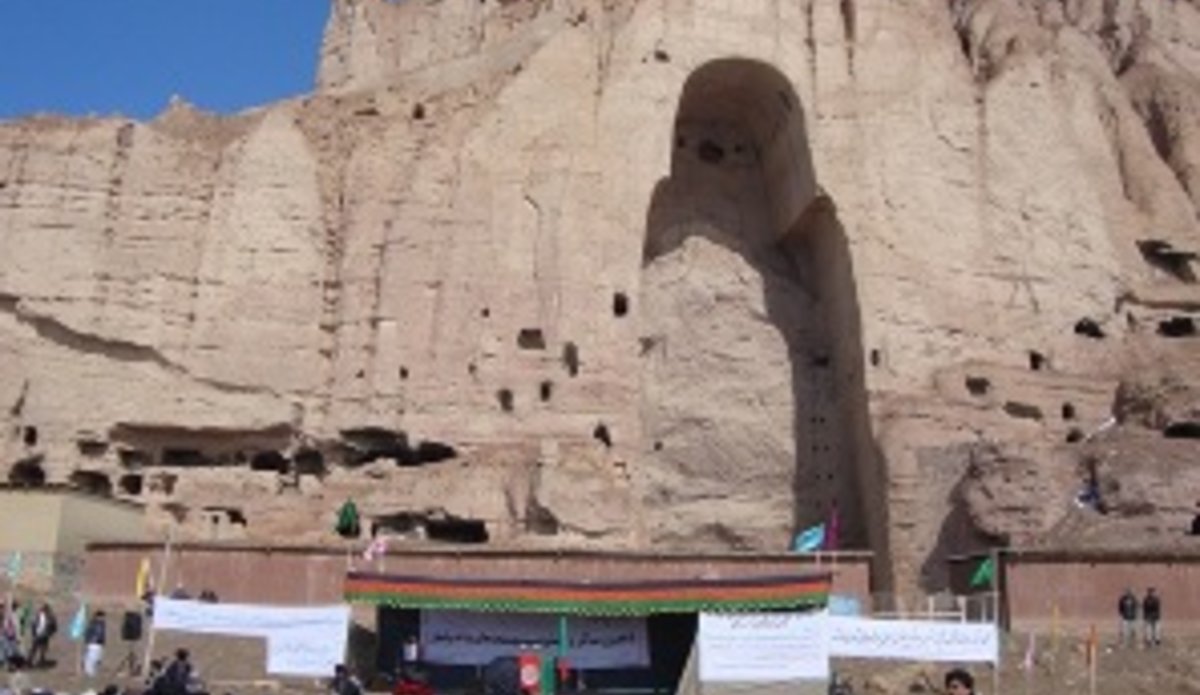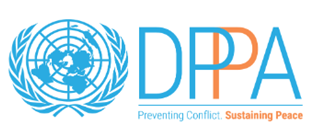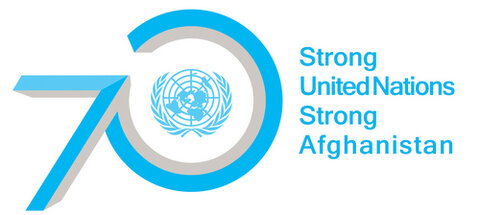Afghans call to preserve and restore Bamyan Buddhas on 10th anniversary of their destruction
10 March 2011 - Hundreds of local residents and provincial officials gathered this week at the foot of the cliff-side caverns that once housed two giant Buddha statues to mark ten years since the destruction of Afghanistan’s top cultural icons and urged their restoration.
The rehabilitation of the Buddhas would be an “effort to restore the identity of a nation” beyond the Buddhas’ thriving economic value as the top tourism draw of the country, said Ibrahim Akbary, head of the Provincial Culture and Information Department, at Monday’s event in Bamyan.
He was one of several speaker – including religious scholar Sadiq Ali Yar, provincial head of the Afghanistan Independent Human Rights Commission (AIHRC) Abdul Ahad Farzam,and Bamyan Deputy Governor Haji Qasim, and who called for the restoration of the 1,500 year old statues.
The two Buddhas stood for centuries in the heart of Afghanistan as testimony to the fusion of western and eastern culture in this province that once was part of the famous Silk Road. They were destroyed over the course of eight days ending on 10 March 2001.
Representing the regional UNAMA office, Political Officer Elena Drozdik said the Buddhas were “symbols of the Afghans’ rich culture and spirit in this region” and urged everyone gathered to continue to move on since their destruction “in the spirit of peace and reconciliation focusing on a positive and prosperous future.”
The UN Educational, Scientific and Cultural Organization (UNESCO) added the Bamyan valley to its list of heritage sites in 2003, and has since worked to stabilize the cliffs.
On Tuesday, UNESCO held a special meeting at its headquarters in Paris with international experts and the Afghan Minister of Information and Culture, the Minister for Urban Development Affairs and the Governor of the Bamiyan Valley to outline plans for safeguarding the site.
Earlier this month, UNESCO Director-General Irina Bokova in a statement called on the international community to protect the site “from damage, turmoil and theft.”
By UNAMA Central Highlands Region
 UN
UN







